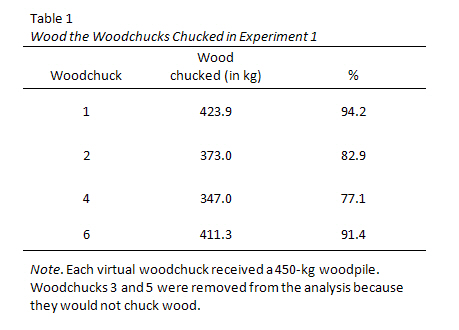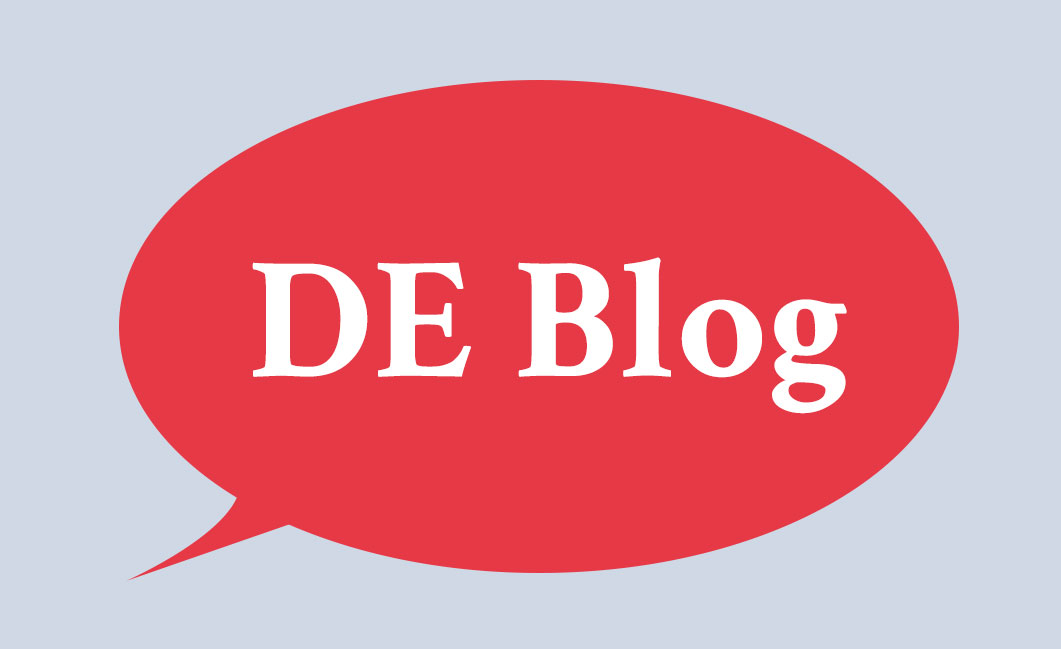APA Style: Tables, Figures, & Appendices
It is very likely that you'll be using tables, figures, or appendices in your dissertation. While each of these elements is optional, they can help to improve the readers’ understanding of your dissertation’s content. The following tips and pointers on tables, figures, and appendices will help you determine when each should be used, as well as how and where they should appear per APA style.
Tables
Tables are especially helpful when presenting a great deal of numerical data at once. A well-organized table can effectively deliver vast amounts of information in an easy-to-read manner. Per APA guidelines, all tables included in your dissertation should be necessary—if you can deliver the information clearly in the body of your text, avoid using a table. Each table should also include at least two columns (vertical axis) or rows (horizontal axis) per APA style (i.e. if your data can be presented in a single row or column, it should be delivered in paragraph form instead of a table).
Tables are a supplement to your content, which means that all tables must be referenced within the narrative of your paper. Explain how each table relates to your content and be sure to highlight what the reader will learn from looking at the table. Additionally, a reader should be able to make sense of your table without having read your text, so be sure to define all abbreviations and symbols in a note beneath the data.
Your tables should be numbered sequentially and each one should appear as near to where it is mentioned in the text as possible. Additionally, do not let your table span more than one page, if possible.
Formatting your table:
- The table may be single- or double-spaced, but consistency across all tables is key.
- Each table must have a brief title explaining its contents below the table number, italicized and in title case.
- Every column must have a brief heading.
- Vertical lines are not permitted per APA formatting style. Only horizontal lines may be used to improve readability.
- All numerical data must be presented consistently (use the same number of decimal places and unit of measurement for each column).
- Write the word “Note:” below the table to provide abbreviation meanings and probability level values.
Example of a properly formatted table:

Figure 1. Screenshot of a table formatted per APA style. Reprinted from “The Grammar of Mathematics: Percentage or %?,” by T. McAdoo, 2011, APA Style Blog. Retrieved from http://blog.apastyle.org/apastyle/2011/11/the-grammar-of-mathematics-percentage.html
Figures
Per APA style, figures are all types of visual elements other than tables. This includes photographs, graphs, and charts. Similar to tables, figures must be necessary and supplement your content. Figures should also be numbered sequentially.
When creating a figure, simplicity is key. Keeping your figure legible and clear for the reader is more important than eye-catching graphics. Your figure, whether it be a bar graph, scatter plot, or other visual graphic, should be easy to understand and read.
APA provides specifications for width and font size to ensure readability. One‑column figures must be between 2 and 3.25 inches. Figures with two or more columns must be between 4.25 and 6.875 inches. Your figures should fit within your paper’s margins. Any fonts used within your figure should be between eight and fourteen point.
Resist the temptation to include a title within the figure itself. Instead, use a caption below to provide the name of the figure, as well as any pertinent information. Your caption should include the figure number in italics, followed by a brief but explanatory title, and be double-spaced with normal margins. For example:
Figure 2. Sample population by age and gender.
Figures must also be mentioned within the narrative of your text.
Appendices
Appendices are ideal for including detailed or additional information that supplements your paper but would be distracting if placed within the text. For example, your appendices might include your instrument of measurement, an informed consent letter, or interview questions. Basically, anything too large or unwieldy to be placed in your text can be presented in the appendices.
Each appendix should stand on its own, with each one appearing on a new page at the very end of your dissertation. If you have only one appendix, place the word “Appendix” at the top, centered (not bolded, underlined, italicized, or in quotes). If you have multiple appendices, order them alphabetically; the first should be titled “Appendix A,” the second Appendix B, and so on.
Additionally, each appendix must have a title. The title appears below “Appendix” in title case. For example:
APA Style Resources
Obviously, the complete Publication Manual of the American Psychological Association, 6th Edition is the authoritative resource on the topic. The APA style website is also an excellent resource for specific situations regarding tables, figures, and appendices.
Need Help Formatting Tables, Figures, and Appendices per APA Style?
If you’d rather not review an exhaustive style manual, or if you find that you lack the skills to efficiently develop or format tables, figures, and appendices per APA style, we are here to help! We have PhD-level APA style experts on staff who can develop or format all visual aspects of your dissertation or thesis. Please feel free to call or e-mail us at any time for a free price quote!
Phone: 857-200-2241
Email: info@dissertation-editor.com
References
American Psychological Association. (2009). Publication manual of the American Psychological Association (6th ed.). Washington, DC: American Psychological Association.
McAdoo, T. (2011, November 17). The grammar of mathematics: Percentage or %? Retrieved from http://blog.apastyle.org/apastyle/2011/11/the-grammar-of-mathematics-percentage.html
Paiz, J. M., Angeli, E., Wagner, J. Lawrick, E. Moore, K. Anderson, M. ... & Keck, R. (2012, October 9). APA tables and figures 2. Retrieved from http://owl.english.purdue.edu/owl/resource/560/20/
Paiz, J. M., Angeli, E., Wagner, J. Lawrick, E. Moore, K. Anderson, M. ... & Keck,
R. (2013, May 7). APA tables and figures 1. Retrieved from https://owl.english.purdue.edu/owl/resource/560/19/
